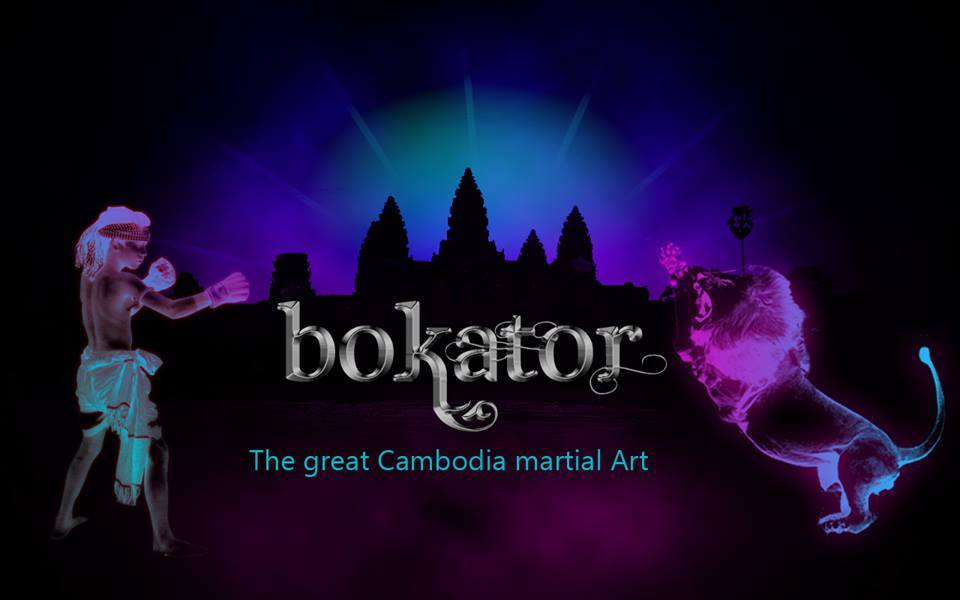I’ve previously posted (and will re-post) a few artifacts that have been sold by the Marcel Nies Oriental Art Gallery
Khmer Art Overseas:
I’ve previously posted (and will re-post) a few artifacts that have been sold by the Marcel Nies Oriental Art Gallery, located in Antwerp, Belgium, in the past but the art dealer’s name was heavily implicated in the Douglas Latchford scandal when the release of the Pandora Papers hit the news headlines in late 2021. The gallery had previously listed seven artworks in their possession that had appeared in Latchford publications and which matched pieces credited to Skanda Trust, which turned out to be where Latchford hid his ill-gotten gains in offshore accounts. Its owner, Marcel Nies, said that he never sold any piece on behalf of Latchford directly and that he wasn’t aware of the gravity of the allegations against Latchford until he was indicted. The gallery has been supplying museums and private collectors with exemplary Khmer art since 1972 and it appears that Latchford was a key link and supplier in that chain.
Included in a Marcel Nies catalogue of Southeast Asian art in 2002 is this bronze Prajnaparamita (height 22 cm), dating from the 12th century and the description offered by the gallery includes no provenance at all. Where the bronze is today is not known:
The Buddhist goddess of transcendental wisdom is distinguished by the blue lotus and the manuscript which she carries in her hands. Prajnaparamita is one of the most important female Bodhisattvas in Mahayana Buddhism, the actual creators of the universe. After reaching the state of enlightenment, she dedicated herself to guiding all beings to the true path of Buddha, leading to Nirvana. Being the personification of wisdom, Prajnaparamita is regarded as the mystic mother of all Buddhas. Depicted in a standing posture on a rectangular base, Prajnaparamita holds the pustaka, the book which symbolises wisdom, in her left hand. Her right hand holds the Utpala, the blue lotus which symbolises purity and spiritual elevation. The goddess wears a diadem, the principal band of which is decorated with a row of stylised lotus patterns. The conical shaped headdress bears an image of the historical Buddha Amitabha in a seated posture. She is adorned with a crown, earrings, a necklace, bracelets and a fine skirt which is folded over a belt hung with pendants, and which has vertical engraved lines. This fine bronze image is a classic example of Khmer art created during the Angkor Wat period. In the 12th century the worship of the mahayana trinity, comprising the Buddha, Avalokiteshvara and Prajnaparamita, became a national cult and was the paradigm and heart of the religious system in Cambodia during the first 20 years of Jayavarman VII’s reign. The temple complex of Ta Prohm was dedicated in 1186 A.D. to Prajnaparamita in honour of Jayavarman's mother. Typical characteristics of the Angkor Wat style are the connecting eyebrows in a straight line, the wide open eyes, the thick lower lip tapered at the sides, the typical construction of the fine folded sarong (skirt) and the shape of the jewelry and ornaments
.
.
About Me
I have graduate from BUILD BRIGHT UNIVERSITY(BBU) AND PREAH SIHANOUK RAJA (SBU) I work at Khmer Plus Computer Address: #156BE, St.63 (Trasak Phaem), Sang kat Chaktomok, Khan Daun Penh, Phnom Penh And Much More... Hey..My name is Thol Un Welcome To my site! Hope it will help you! Nice to know you! Indroduce My Self -My name is Thol un.I come from Kompong cham Province -Now I am staying at Langka pagoda .I have graduated from Build Bright University -My Major is Information and Network Technology -I am Working at Khmer Plus Computer -I want to get experience From your Company and develop your Company to be More Successful forever
Thanks for Support
Copyright©️:2021 All Rights Reserved. @Mr. Thol Un Hi every body, In this video I want show about the people success with Website, All This The Result From Website Partnership. Make money online speak Khmer: Please Followers My Website to Get More Videos!! Giving Dharma Is Better Than Giving Things!! Thanks for Support My Website !! This Website is created for the purpose of spreading the Entertainment Cambodia and other History Khmer, Dharma Khmer, Cooking Khmer by posting videos in Website Blogger or Blogspot YouTube and Facebook Page. Thanks and thanks for the support for this Website ..! Thanks For watch all this Website !❤ Like ✅Share ☑️ Comment❤ Kindly donate to the ABA Bank : ❤Thol Un❤ ❤001885833❤












